In the interview, Régis revealed that this project with Christian and Andrea Sauska is “a long-term project with high-end wines, with an owner who is demanding in terms of quality. Values that I totally share, so I am very happy to participate in this great adventure.”
He also revealed that he is excited to be working in this new region for him and with new grape varieties. He said: “I fell in love with the beautiful region of Tokaj where the terroir can produce base wines to elaborate elegant sparkling wines. Furmint varietal was a total discovery. Chardonnay and Pinot Noir are giving beautiful results, including as reserve wines.”
Many of our top ten best-read articles of 2021 featured interviews with winemakers.
In ‘All about rosé: Tips from top winemakers’, we interviewed the men and women behind some of the palest and most complex rosés, and talked to them about ageing on lees, co-fermenting grape varieties, using barrels, and making pink wines with ageing potential. But the main topic was getting the right colour.
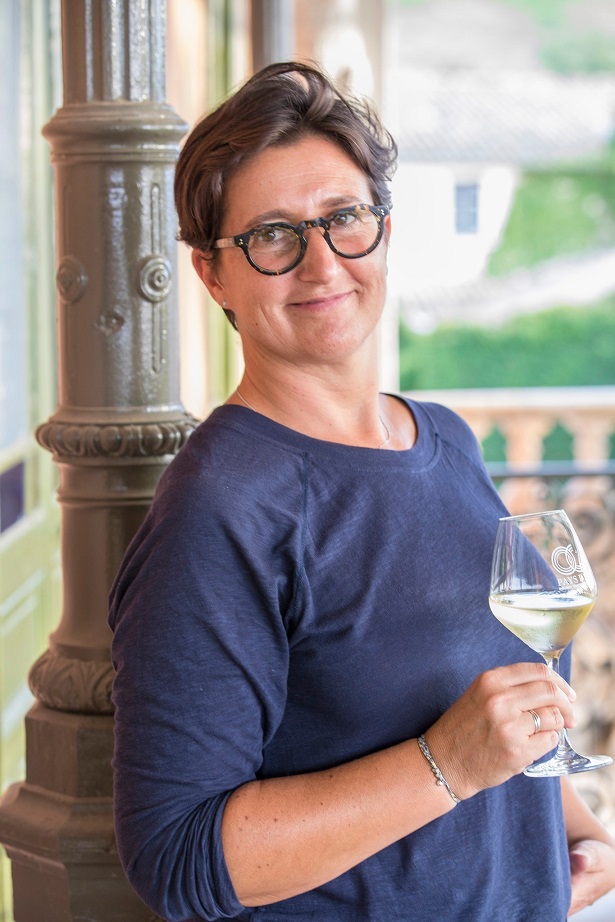
Languedoc co-operative cellar Vignobles Foncalieu’s winemaker, Nathalie Estribeau (above), revealed: “Today, most of the rosés we make are pale, so colour management is key and monitored all the way through from the pressing to the end product in the bottle. We define the colour of the end product at the start and work back from there to monitor the colour during the process, taking into account the colour loss during fermentation (normally 50% of the colour drops during AF) and the effect of SO2 addition at the end of the fermentation, which also reduces the colour.
“With Grenache and Cinsault, having low rates of anthocyanins, we can press them like white grape varieties and monitor the colour at the end only, separating the last pressings. With red grapes having a greater colour potential like Syrah, this is more tricky and we now do some sequential pressings. A bit like in Champagne, we have two or three sets of juices depending on the year and colour potential. These different juices will be fined differently. Generally, while the first batch has got the perfect colour, the second batch needs a small fining using vegetal protein and the third batch is either fined with a higher rate of protein or fermented as a light red and reintroduced to red blends later on.”
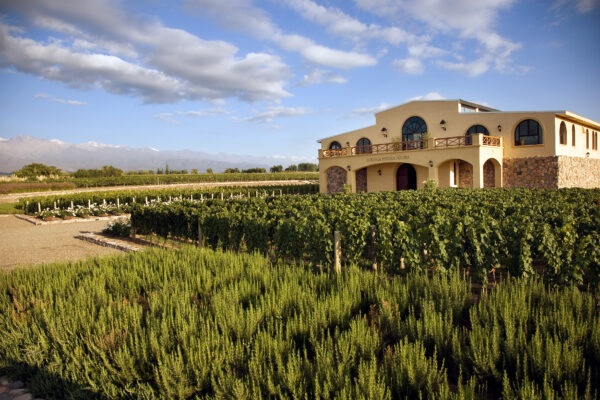
Our best-read article featuring red wines was our interview with the Frenchmen behind the acclaimed Los Chacayes – François Lurton and Thibault Lepoutre. In ‘How to turn ‘a cheap Malbec’ into an iconic wine’, they told us what they are doing with Malbec and Côt at Bodega Piedra Negra (above) in Argentina’s Alta Uco Valley. For me, one of the most interesting changes there is the switch from native yeasts to cultivated yeasts. Whereas many winemakers are heading in the opposite direction, owner François and winemaker Thibault prefer to have lower levels of SO2 in the final wine. The 2017 is their lowest yet – at 75mg/L total SO2 – but with the 2021, Thibault made Los Chacayes without sulphur until after MLF, even though the Malbec grapes undergo extended maceration – up to 10 days – before fermentation.
The sacrifice they are making to produce wines with reduced SO2 levels is the complexity that could come from native yeasts.
Thibault told Canopy all François Lurton’s Malbecs used to be fermented with native yeasts “but, for us, it was a bit too risky to do no-sulphur-added and native yeasts. We’ve chosen not to add any sulphur but to control the fermentation process through the yeasts that we use”.
This means they use a ‘killer’ yeast to take out native yeasts and bacteria and then inoculate with another yeast two days later to complete the fermentation.
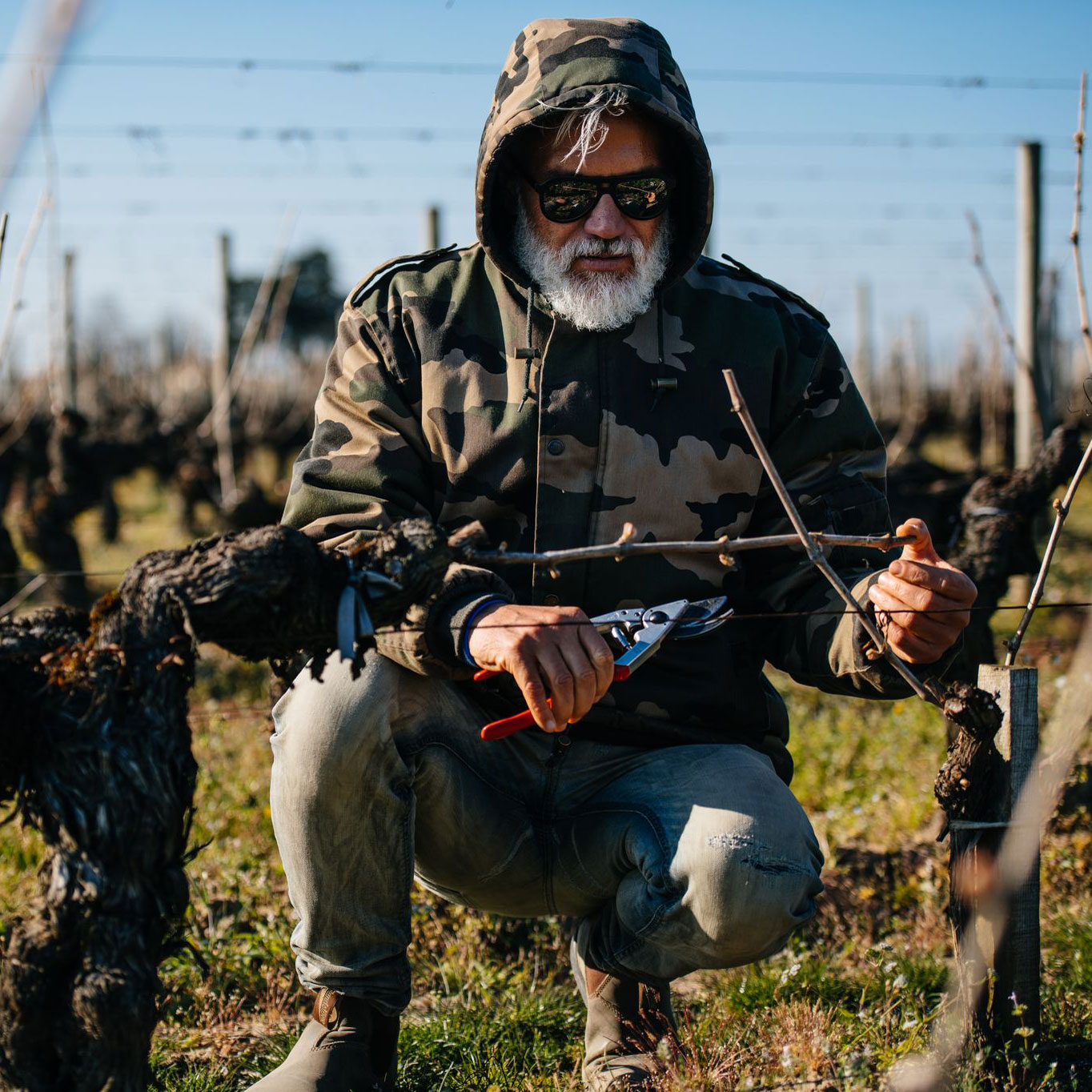
Articles on viticulture also proved popular. Most popular was our interview with master pruner Marco Simonit (above). In ‘The key to pruning: Respect’, he fully explained the Simonit&Sirch Method of branch-pruning. After doing the online courses, I wanted to know how long it would take to put right the damage that I’ve inflicted on my own vines in Slovenia. Marco reassured me: “It must be noted that the plants react well very quickly: if you return to respecting the sap flow, the benefits are evident from the first season. In particular, the uniformity of the budding, the development of the shoots and the general vigour of the plant. Then, year after year, the improvement is consolidated and, if supported by correct farming practices, it can lead to the plants returning to a healthy state again.”
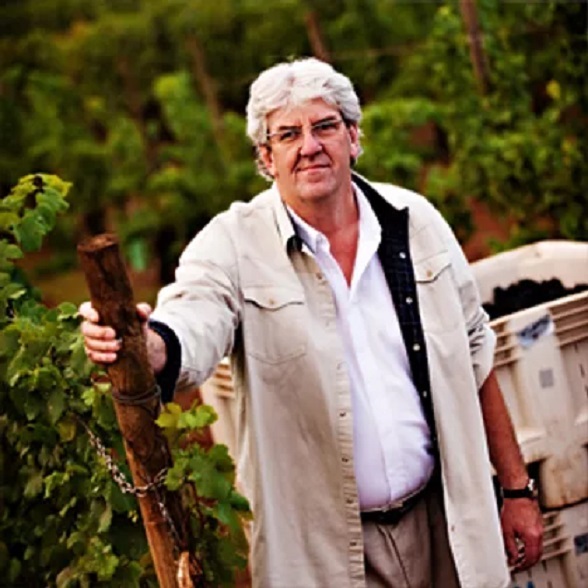
Last year I also had a masterclass in biodynamic viticulture from renowned consultant Philippe Armenier (above). One of the most memorable things he told me, in the article ‘Understanding biodynamic viticulture’, is that it gives you more terroir.
“Biodynamic farming is about quality, it’s not about quantity – we don’t need a lot to change something, but it has to be prepared in the right way,” is how he explains the big impact on soil life, vine roots, plant growth and grape quality from tiny proportions of preparations: typically only 2g of preps 502 to 506 and 5ml of the Valerian preparation (507) are used per 5-7kg of horn manure.
“It’s nothing,” Philippe admitted. “It’s like spreading a tablespoon of silica over an acre.”
He added: “This is why the dynamization process is so important.”
Dynamizing the biodynamic preparations involves the rhythmic stirring of a tiny amount of a preparation in a bucket or barrel of rainwater for an hour. The vortex created by the stirring exposes the water to air – and the forces of the cosmos.
“The water after one hour of dynamization has completely changed,” Philippe said. “The information contained in the silica preparation 501 is imprinted onto the water layers through dynamization and it is this information which is communicated to the vineyard.”
The goal of the preps, dynamization and revitalising the soil is to produce “well-balanced plants”.
'Friendly, generous people who make you feel welcome all the time'Canopy is part of the William Reed group, which also organises the International Wine Challenge and World’s Best Vineyards. Our exclusive in-depth analyses of the top wines and wine tourism destinations also went down well with readers. Our articles on the IWC 2021 results – (Medals and Trophies) – may be worth reading again ahead of the 2022 event.
The deadlines for IWC 2022 are fast approaching:
- Consolidated Shipping Deadline (with our recommended shipping partner, Hellmann) – February 28, 2022;
- Private Shipping Deadline (outside UK) – March 11, 2022;
- Shipping Deadline (inside UK): March 21, 2022.
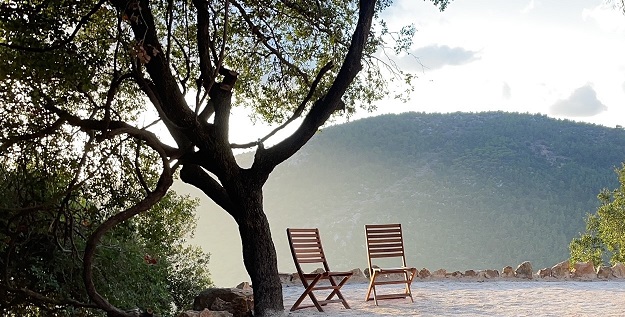
Voting is about to begin on the World’s Best Vineyards 2022 list. Click here to read about the 2021 list.
Although Zuccardi Valle de Uco was voted number one for the third year running, there were plenty of surprises – including two first-time entrants from Russia and four wineries from Lebanon in the Top 50. In ‘The big lesson from Lebanon’, we examined what the wineries in this troubled country were doing that was so right – especially as they were operating in extremely challenging circumstances in 2021.
The judges fondly remembered their visits to Karam (above, highest new entry at number 14), Château Oumsiyat (up from 38 in 2020 to no21), Château Héritage (no39 and the only Lebanese winery to be in the Top 50 every year since the list’s inception), and Château Cana (a new entry at no48). All are family-run wineries.
The reasons for their success included tours and tastings conducted by family members, with their “passion shining through”. Guests at Château Héritage, for example, routinely come away “charmed” and the voters’ comments were scattered with compliments to the “friendly, generous people who make you feel welcome all the time”.
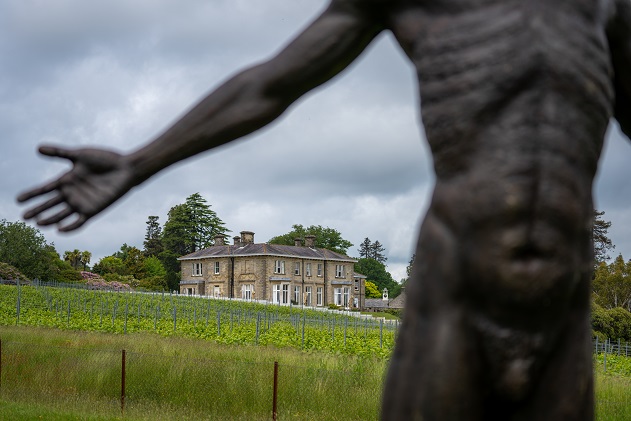
As well as covering the World’s Best Vineyards, we also covered ‘The world’s strangest vineyard’, where wallabies, deer, golf buggies and statues of naked men (above) are all part of the estate. It’s in southern England, and the 0.5ha of vines at Leonardslee Lakes & Gardens, planted in 2018, are all Pinotage! They made one barrel-load of red wine last year and expect to release it mid-2022.


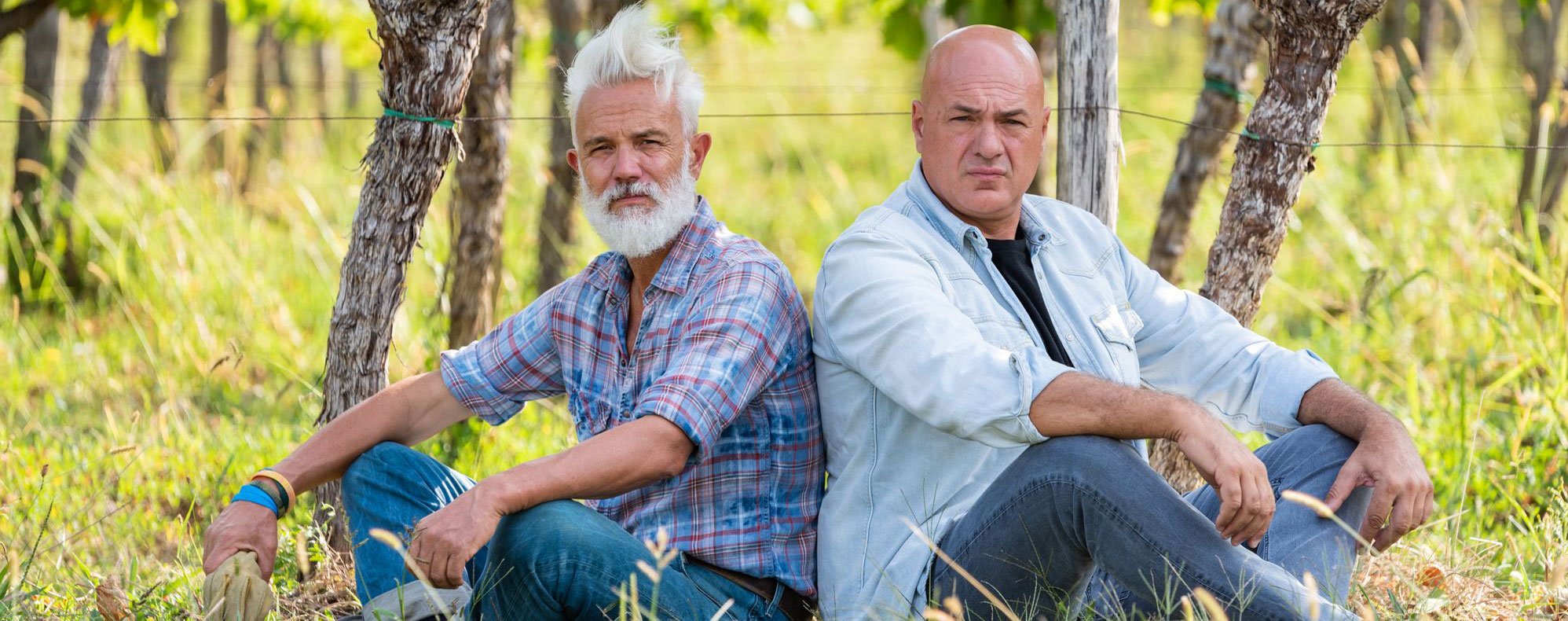










.png)






